Author: Tian Hui
On December 15th, a new car brand made its debut on Dawang Road East in Beijing.
By the end of 2021, this new brand, named Hezi Motors, led by its founder Zhang Shuguang, entered into the car-making industry. Although Hezi Motors may not ring a bell to many people, Zhang Shuguang is even more unfamiliar to the automotive community.
Hezi Motors was incubated from a car design company, and under the leadership of Zhang Shuguang, Hezi designed multiple car models for clients such as FAW.
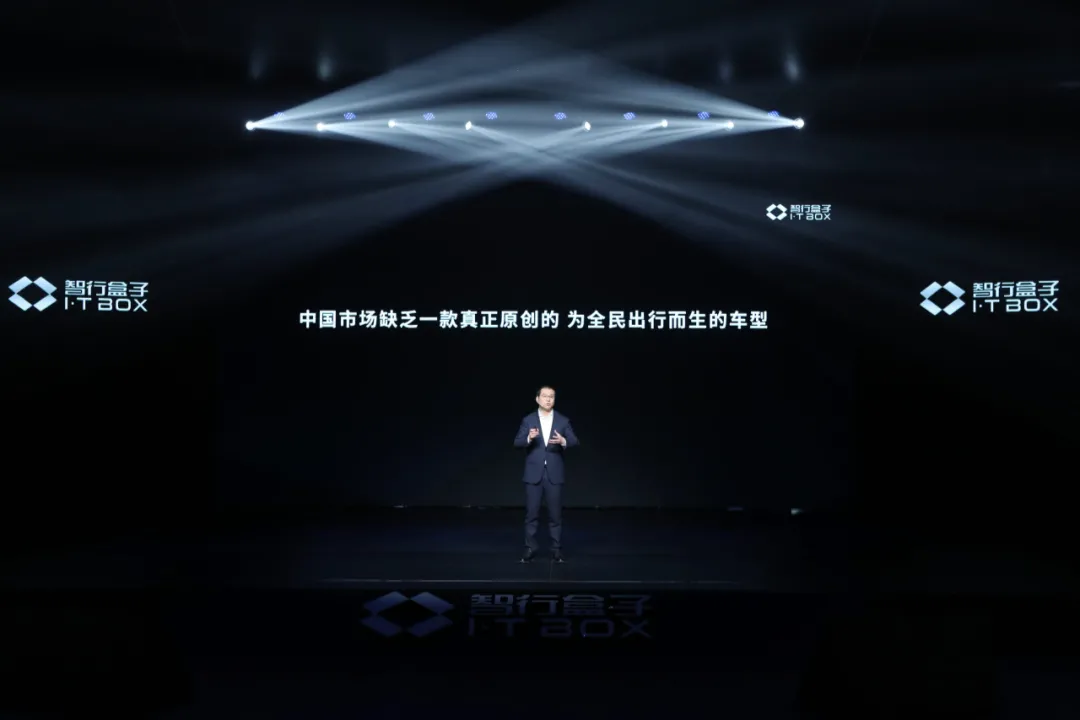
The models showcased in the debut of Hezi Motors are BM-400 and BM-600, both of which target the B-end ride-hailing market.
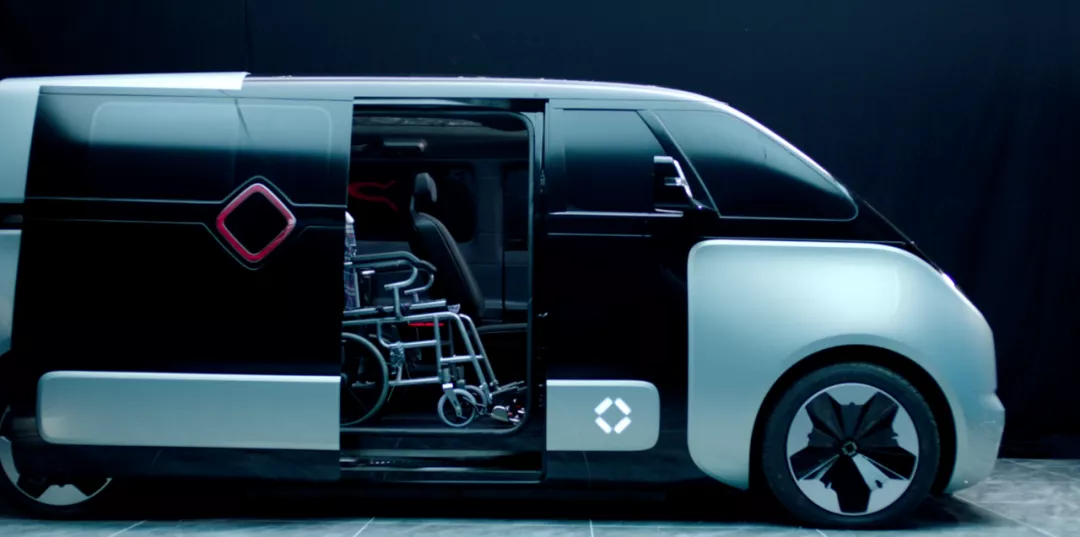
These two car models undoubtedly remind people of Didi D1, as they are both newly designed cars for the ride-hailing market. However, compared to Didi D1, the Hezi BM-400 and BM-600 are more revolutionary. These two car models completely overturn the cabin layout of private cars, which is better suited for different travel scenarios.
Of course, there are also questions: does Hezi Motors have the capital to make cars? What is their business model?
On December 9th, “Electric Vehicle Observer” visited Hezi Motors and had an exchange with Zhang Shuguang. After the debut of Hezi Motors on December 15th, some of these questions were answered.
Hezi Motors focuses on the B-end
Hezi Motors’ chosen market is the ride-hailing industry.
BM-400 and BM-600 are not able to take part in the C-end competition right from the start.
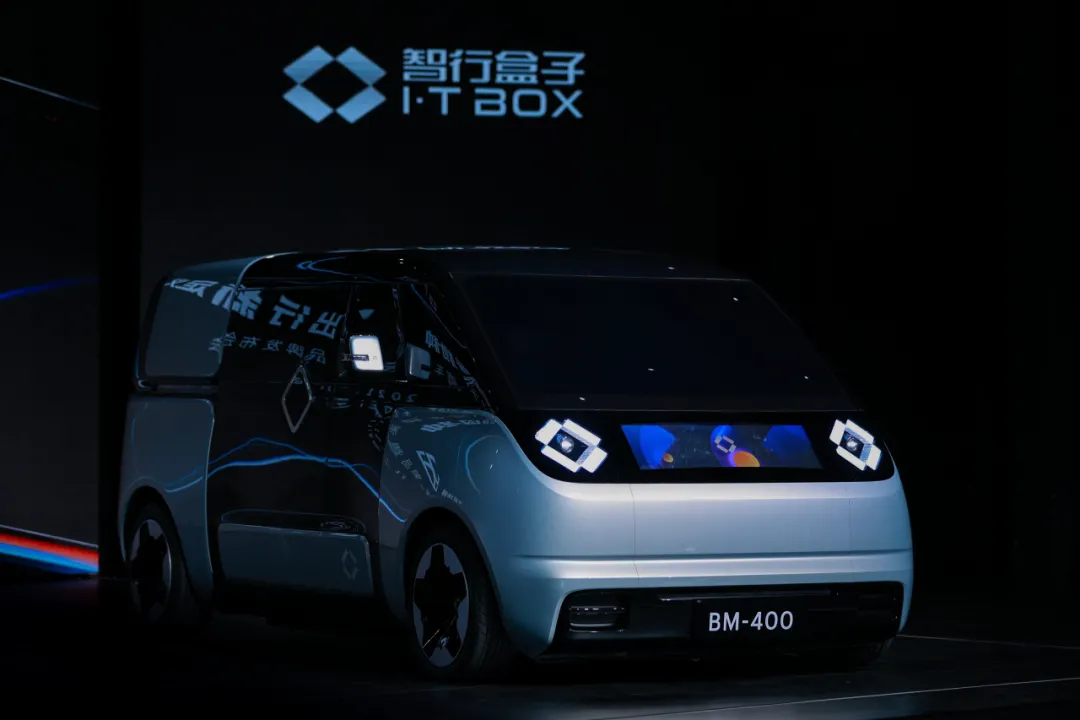
BM-400 is positioned for 5-seat urban ride-hailing use, and its design is unique with careful optimization for ride-hailing market factors.
Sliding doors, VIP seats in the back, no passenger seats, and luggage placement in the passenger compartment with a floor that can be used for sleeping are all carefully designed features that are not tailored for individual car owners. But for ride-hailing, these designs are real competitiveness:
Sliding doors offer better accessibility and safety when opening and closing the doors.
The back row VIP seat is the biggest attraction for ride-hail passengers, as a single seat could significantly increase the per-customer price.Canceling the front passenger seat has increased passenger safety in the event of a collision, as the front passenger seat is considered the most dangerous position in the vehicle.
Keeping luggage in the passenger cabin greatly reduces the inconvenience of passengers forgetting their luggage.
The ability for the interior floor to transform into a sleeping area is one of the most desired features for ride-hailing drivers.
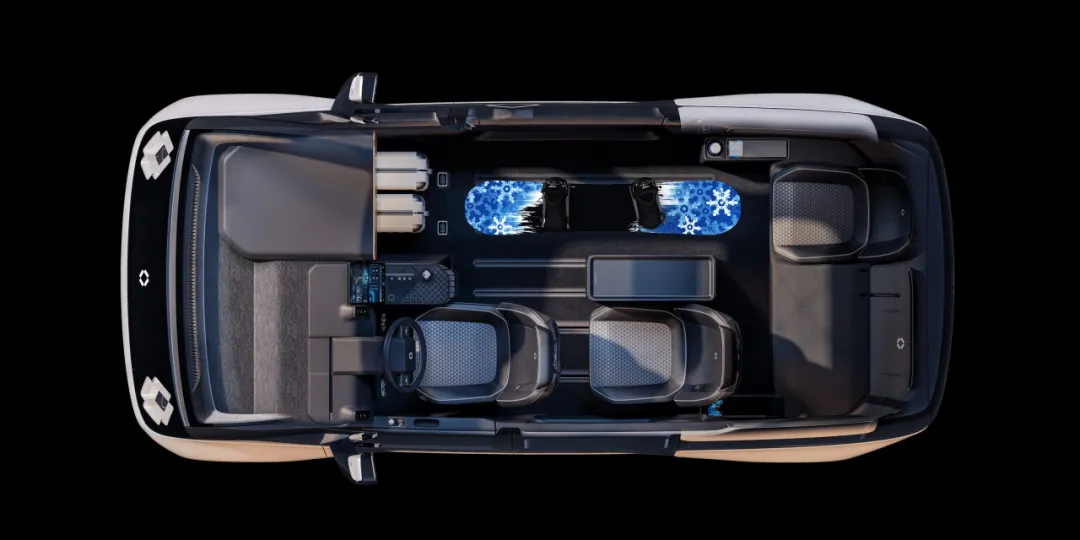
Does having these features make it designed specifically for ride-hailing? Clearly not. Many models on the market share similar design concepts, such as the mass-produced London TX and the BYD-DiDi collaboration D1, both of which have similar features.
The plan for BoxCar BM-400 is not only to be a space planner, but also to expand on space and value-added services.
In the BM-400, the second row seat armrest is more than just an armrest, it is also a vending machine where daily necessities such as tissues, drinks, and snacks can be purchased conveniently.
During the debut of the BoxCar BM-400, Zhang Shuguang mentioned that each city has its own theme, and the BM-400 supports custom exterior designs for different cities. This may not be a requirement for ride-hailing drivers, passengers or operators, but it is a requirement for policy managers who have the most decision-making power when it comes to ride-hailing car selection.
The BoxCar BM-400 and BM-600 are both designed specifically for the ride-hailing market.
The BM-600 is a 7-seat version, which is more focused on the needs of multiple passengers, and has fewer new design elements. However, it can be confirmed that the BM-400 and BM-600 will share the same chassis.
Modular Chassis, HIGH DO Connected Car System
The BoxCar’s two vehicles almost integrate all the latest and most popular technologies available in the market.
For example, the modular chassis and connected car system.
The BoxCar BM-400 and BM-600 are built on BoxCar’s “Octopus” 1.0 modular platform.
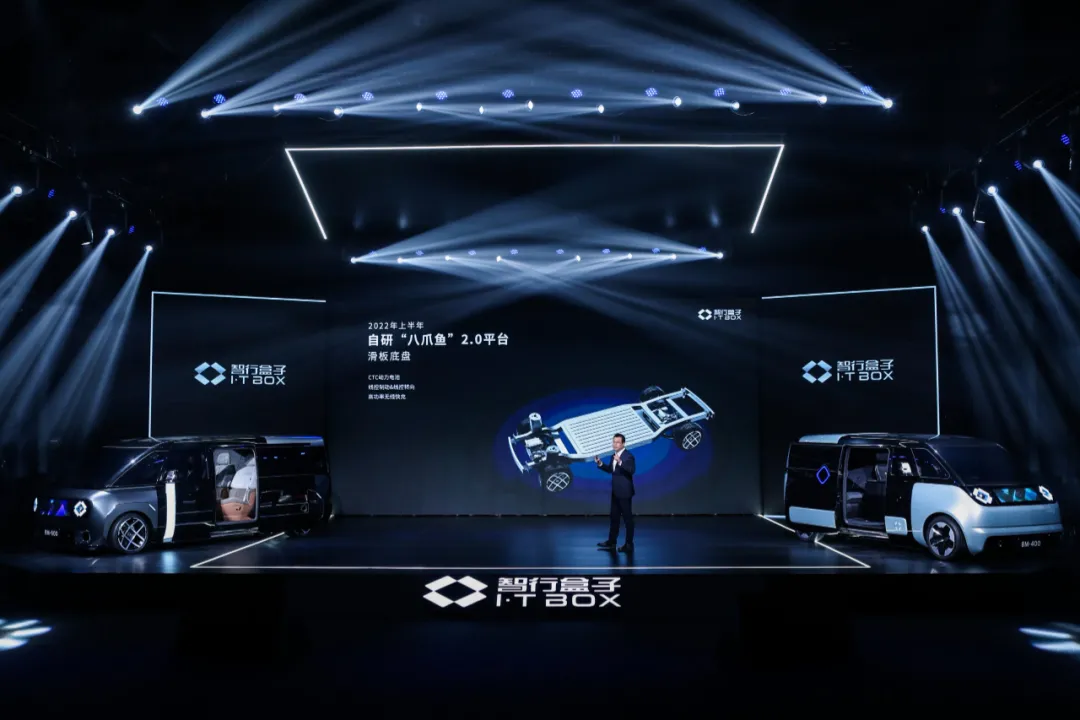
After adopting the “Octopus” platform, the vehicles built on this modular platform can flexibly customize different body types, adapt to different spaces, and be compatible with battery modules of different capacities. The chassis shares up to 95% of its components, making it highly modular.## Future Plans of Hezhong Motors
Hezhong Motors is accelerating the standardization of interfaces and modules, with the expectation of completing the development of the “Octopus” 2.0 platform in May of next year. This platform will support three different drive modes: front-wheel drive, rear-wheel drive, and four-wheel drive, all of which are based on the power battery CTC structure. The front suspension of the first-generation platform will be completely reused, while the skateboard platform will be equipped with wire-controlled brakes and wire-controlled steering, further enabling advanced intelligent driving functions.
At the same time, the “Octopus” 2.0 platform can also be independently provided to industry partners, providing a comprehensive engineering outsourcing service for the “chassis + body + system” needs. Specifically, the demand side can design the body and interior space on their own, while Hezhong Motors provides the design of the chassis for the body, fully open source wire-control interfaces, and rich sensor installation designs, thereby further expanding the scope of car manufacturing and realizing the extension of car-making concepts.
In terms of the vehicle networking aspect, Hezhong Motors has prepared the HIGH DO system. The HIGH DO system includes a vehicle-mounted large-screen entertainment system that can provide in-car entertainment services such as games, live streaming, on-demand video, and karaoke.
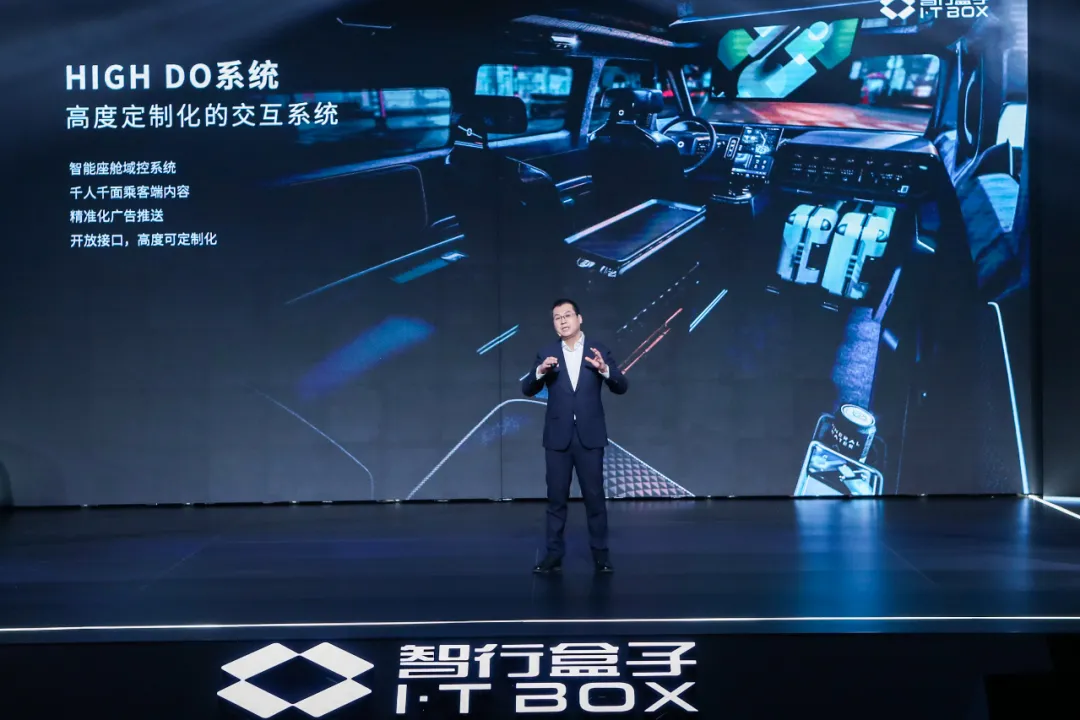
It is worth mentioning that the HIGH DO system can enter the smart city and transportation market and support city promotional video advertising services and city specialty ordering and other consumer experiences in-car. Hezhong Motors has made long-term plans for the HIGH DO system in hopes of exploring more commercial value through continuous iterations and upgrades.
Hezhong Motors and Its Industry Partners
Hezhong Motors wants to make cars and needs its industry partners. Zhang Shuguang has been working in the automotive industry for a long time. After graduating from Geelyn University, he joined Beijing Hyundai Motor Company and then founded Beijing SeZeTongXing Automotive Technology Co., Ltd., where he designed and developed vehicle components for the auto industry.
The idea of making cars should not be an impulsive decision. Judging from the patent application, SeZeTongXing had applied for the first new energy vehicle power battery design patent as early as June 2018, which was approved in December 2019. This indicates that the seed of making cars was planted in Zhang Shuguang’s mind long ago.

In addition to discussing products and concepts, the most notable aspect of Hezhong Motors’ debut was the appearance of its partners. One of the partners, Wang Zhe, the chairman of GanSense Technology, gave a speech on stage.
Wang Zhe is a special partner, not only the partner of Hezhong Motors but also its investor.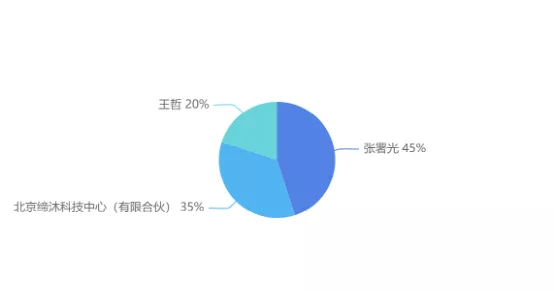
In July 2021, Hezi Auto adjusted its equity structure and Wang Zhe entered the list of shareholders. After the equity adjustment, Zhang Shuguang holds 65.3% of the equity of Beijing Hezi Auto Technology Co., Ltd. through personal holdings and the holding platform of senior management team, Di Mu Technology. Wang Zhe owns 20% of the equity.
From the perspective of equity structure, the equity adjustment in July seems to indicate that Wang Zhe entered Hezi Auto as an angel investor.
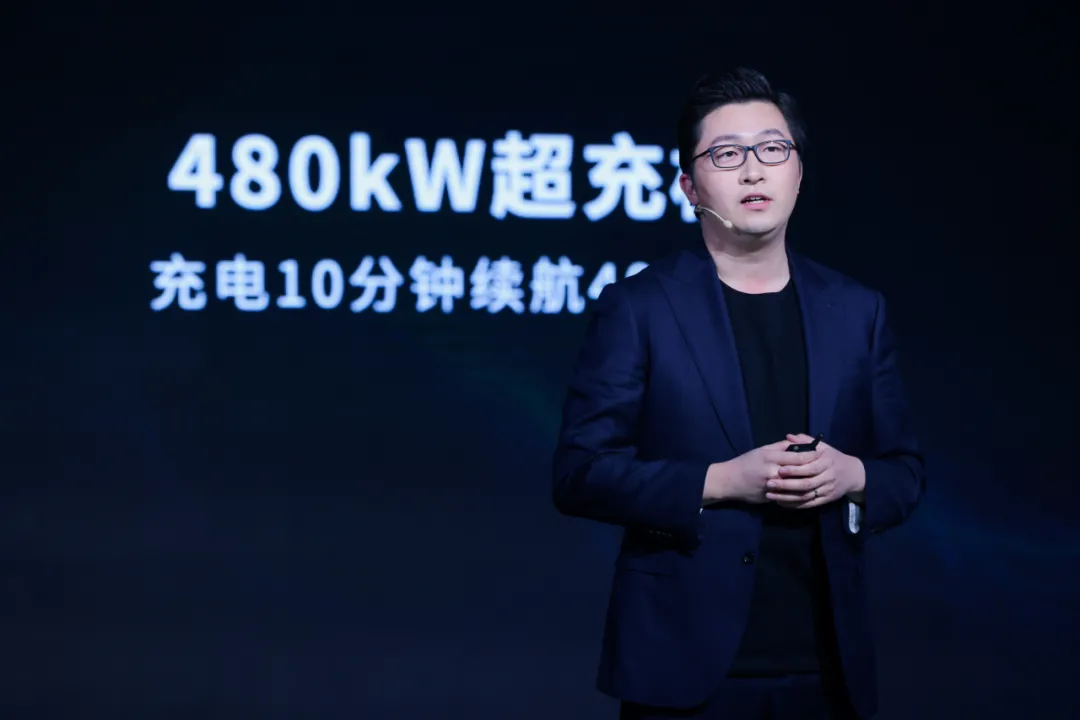
One of the main products of Yougan Technology, founded by Wang Zhe, is a 3.3-30 kW wireless charging system for new energy vehicles, which has received investment from multiple investment companies.
Therefore, it is not difficult to understand why Wang Zhe appeared on stage as a partner in Hezi Auto’s debut show.
Hezi Auto is clearly aware of the risks involved in building cars. Given the involvement of capital giants, industry leaders, and technology giants in the auto industry, entering the auto manufacturing field is inevitably competitive.
What Hezi Auto needs to do is not only to design a car that catches people’s attention and meets market demand, but also to attract more peers to join them.
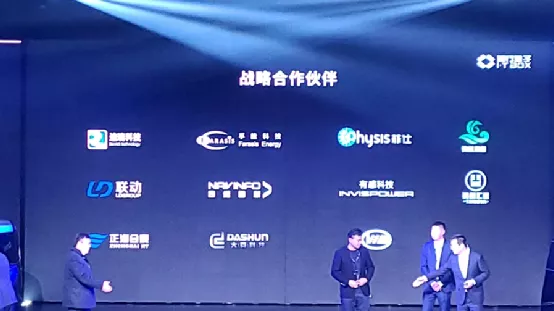
Looking at Hezi Auto’s partners, there is 4D Technology responsible for vehicle networking design, and Funeng Technology responsible for implementing the 800V high-voltage platform. There are also automotive parts and IOT equipment suppliers such as Yougan Technology, which provides additional features for parts on the BM model.
This is not like the traditional approach of starting from scratch to independently build a car, but more like co-creating a brand and co-creating a car.
Rather than saying that Hezi Auto is building cars, it’s more accurate to say that Zhang Shuguang is becoming a joint force in the Chinese new energy vehicle industry chain.
However, Hezi Auto’s first model is expected to be delivered in the summer of 2023, but there are still few details on production qualifications, capital preparation, etc.
Surprisingly, after Hezi Auto’s debut press conference, the onsite broadcasting has been urging investors to hold closed-door meetings in the conference room. Perhaps what Hezi Auto lacks is the injection of large capital.
No one would doubt the confidence of today’s carmakers in entering the market, but no one can deny the question of whether the new player has enough capital.
Regardless, a piece of good news is that Hezi Auto announced at the press conference that it has received 42,000 pre-orders for the BM-400 model.
This may be a good start.
This article is a translation by ChatGPT of a Chinese report from 42HOW. If you have any questions about it, please email bd@42how.com.